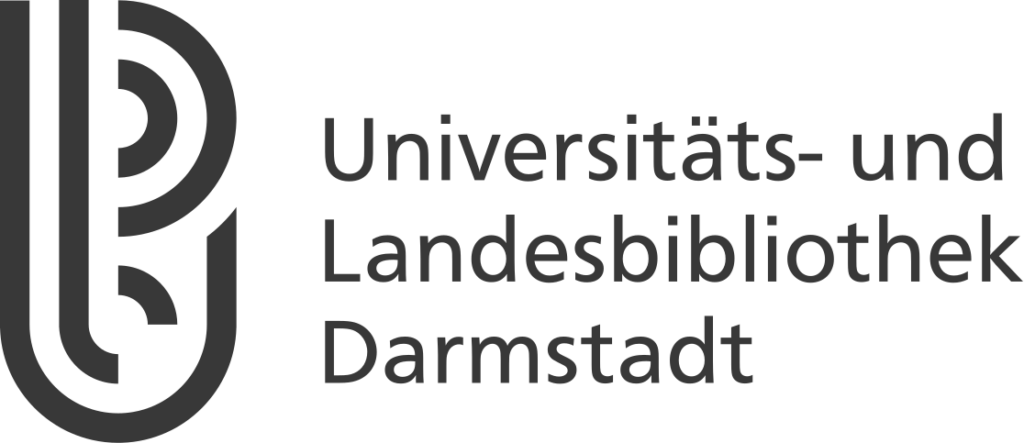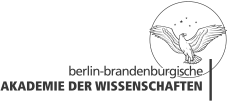The 18th century is considered the century of the letter. During this period, epistolary writing, especially in the German-speaking world, undergoes a significant transition, which manifests itself in particular in the considerable quantitative increase of and qualitative changes in the letter. However, the importance of letter writing in the 18th century, which has repeatedly been defined and emphasized in numerous research projects, is clearly disproportionate to the cataloguing, presentation, and analysis of correspondence from this period. Studies that involve a meaningful number of cross-collection letter corpora do not exist for this period.
In order to be able to systematically investigate the historical contexts of the genre and medium, period-specific developments, and the associated innovations in the letter culture of the 18th century (and beyond), the creation of a meaningful foundational set of data and sources is necessary. This is where the project “The German letter in the 18th century: Construction of a dataset and a cooperative network for the digitization and investigation of the German letter during the Enlightenment” comes in. The goal of the collaborative project between the IZEA, the BBAW, and the ULB Darmstadt is to utilize a basis of comprehensive datasets of metadata and full texts to inspire and make possible new research questions and findings on epistolary exchange relationships and thus on a central component of 18th-century communication culture. To that end, a representative corpus was defined in advance, comprising both older printed editions and modern editions of letters and correspondence from the German-speaking world. In an initial stage of development, access to metadata for about 240,000 letters from approximately 1,100 printed letter editions and letter databases will be created.
The project makes letters accessible in the form of letter metadata, images, and full texts and describes them in a formalized manner using an ontology. Geographically speaking, the corpus incorporates letters from letter writers who lived in the German-speaking world or spent a considerable amount of time in the region. The given selection also includes letters sent from the German-speaking world to correspondents outside of it, as well as letters sent from outside to recipients in the German-speaking world. Such a focus on the German-speaking world results from the need to set reasonable boundaries for the corpus, with regard to both fundamental research questions and integration into the current European research environment. The corpus has the potential to include all languages, although German, Latin, and French will predominate.
Since the identification of network structures is an important aim of inquiry of the project, the corpus will primarily include correspondence between two or more people that reflects relevant relationships. As a rule, however, archival records from public authorities that are one-sided correspondence – for example, from private petitioners to public offices – are not included. The project intends to supply the foundation for a comprehensive statistically based compilation of the diverse geographical, chronological, and sociological coordinates that characterize 18th-century networks, while concurrently providing the opportunity to refine the concept of the network as such in its various functions. It will thus be possible to answer anew questions about the distribution of correspondence in time and space, about the formation of centers and peripheries, about the spatial development of networks over longer periods of time – if not to answer them in the first place. In particular, the corpus can create the basis for new studies on the relationship between local, regional, and superregional levels in the correspondence of German-speaking countries in the 18th century and shed new light on the question of internationalization – or, as the case may be, nationalization or regionalization – of communication by letter.
In addition to these approaches analyzing networks and groupings, research on the development of the language(s) of letters during a central period of transformation of epistolary writing will receive critical input. With the help of text mining techniques (Heyer et al. 2016), the full texts provide an entire range of disciplines – including literature, linguistics, communication, and cultural studies, as well as history and sociology – with access to letter topics and the respective letter styles.
Lastly, research on letters has long discussed what a letter even is (Schlinzig /Socha 2018; Vellusig 2018). In its multidimensionality, the letter has been described as a historical-biographical document, a pragmatic text type (Golz 1997), and a literary genre, but also as a medium (Baasner 2008; Vellusig 2018), event, and object (Bohnenkamp/Wiethölter 2008). Its complexity, framed by fixed constants such as the salutation, date, or address, is based not least on the fact that the letter is dependent upon the combinations of circumstances and the social, historical, and cultural conditions in which it originates, to an extent that hardly any other form of text or communication is. The project intends not least to create the foundation for a (re)definition and refinement of the entity of “the letter” from a variety of perspectives, in particular historical, sociological, geographical, linguistic, and literary perspectives.



